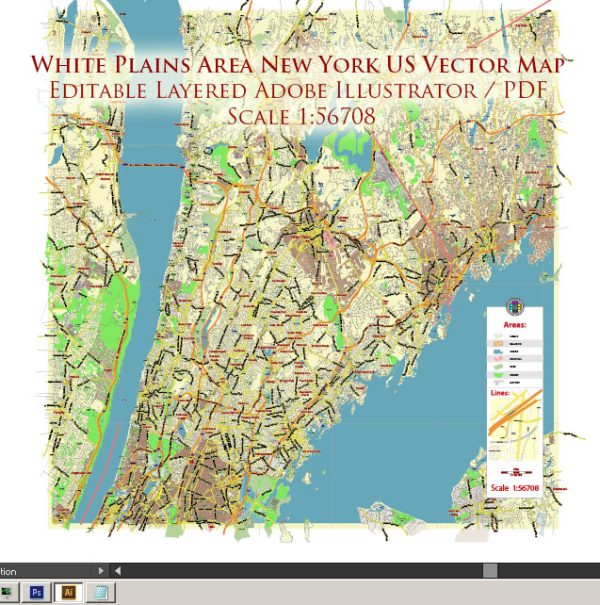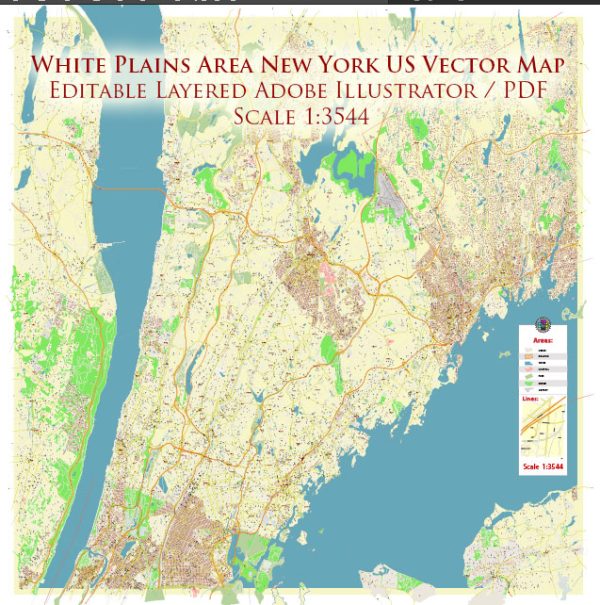White Plains, located in Westchester County, New York, has a rich history of urban development that reflects the broader trends in American urbanization. While the area’s indigenous people, the Weckquaesgeek tribe of the Wappinger Confederacy, inhabited the region for centuries, European settlement began in the 17th century.
- Colonial Period: White Plains played a significant role in the American Revolutionary War. The Battle of White Plains took place in 1776, where George Washington’s Continental Army clashed with the British forces. The area’s historical significance is commemorated with various markers and monuments.
- 19th Century: In the 19th century, White Plains remained a small village with a primarily agricultural economy. The arrival of the railroad in the mid-1800s spurred economic growth, facilitating the transportation of goods and people. This period saw an increase in industrial activity, and the village gradually transformed into a more urbanized center.
- 20th Century: The 20th century brought significant changes to White Plains. The population increased, and the village evolved into a suburban city. The construction of the Bronx River Parkway and other highways further connected White Plains to the surrounding region, contributing to its development as a commercial and residential hub.
- Post-War Boom: Like many other American cities, White Plains experienced a post-World War II economic boom. This era saw increased suburbanization, and White Plains became a popular residential choice for those working in New York City. The construction of office buildings and shopping centers marked the city’s transformation into a suburban business and retail center.
- Urban Renewal: In the mid-20th century, White Plains, like many urban areas across the United States, underwent urban renewal initiatives. This included the redevelopment of older, sometimes blighted areas to make way for new infrastructure, commercial spaces, and residential buildings. These efforts aimed to modernize the city and attract businesses and residents.
- Contemporary Development: White Plains continues to be a thriving city with a mix of commercial, residential, and cultural spaces. The construction of high-rise buildings, shopping malls like The Westchester, and the development of entertainment and dining options contribute to the city’s vibrancy. The growth of the healthcare and financial sectors has also played a role in shaping the modern urban landscape.
Throughout its history, White Plains has adapted to the changing economic and social landscape, evolving from a small village with agrarian roots to a bustling suburban city with a diverse economy and a rich cultural scene. The city’s history of urban development reflects broader trends in American history, including westward expansion, industrialization, and suburbanization.



 Author: Kirill Shrayber, Ph.D.
Author: Kirill Shrayber, Ph.D.